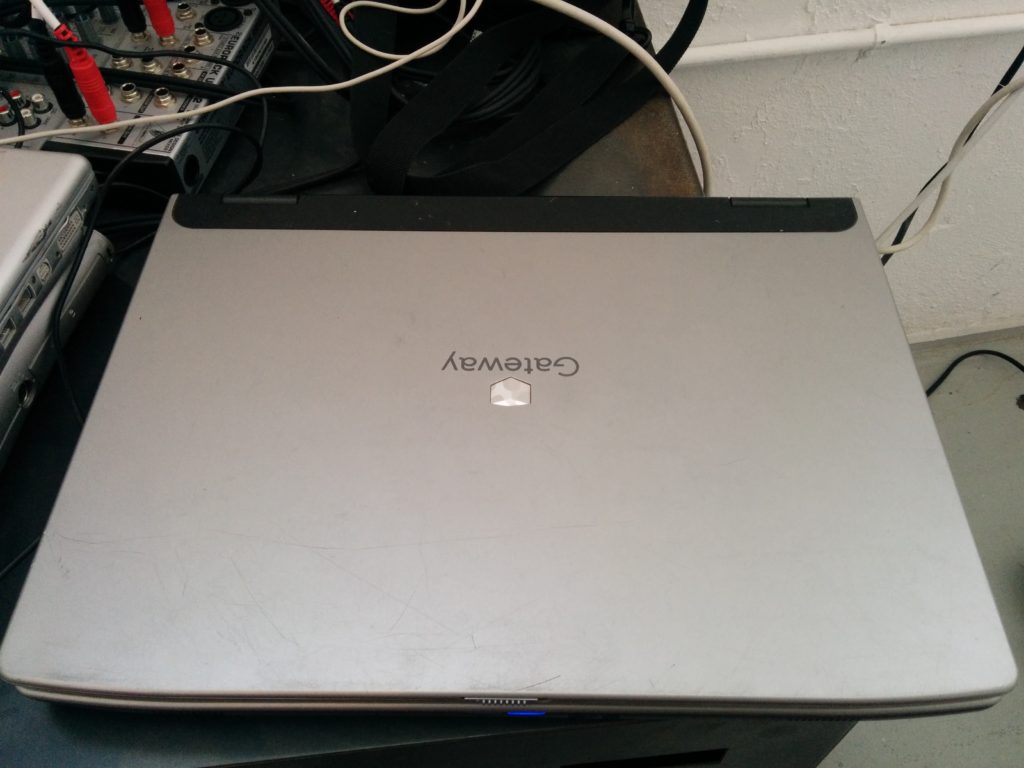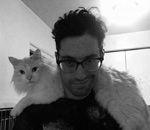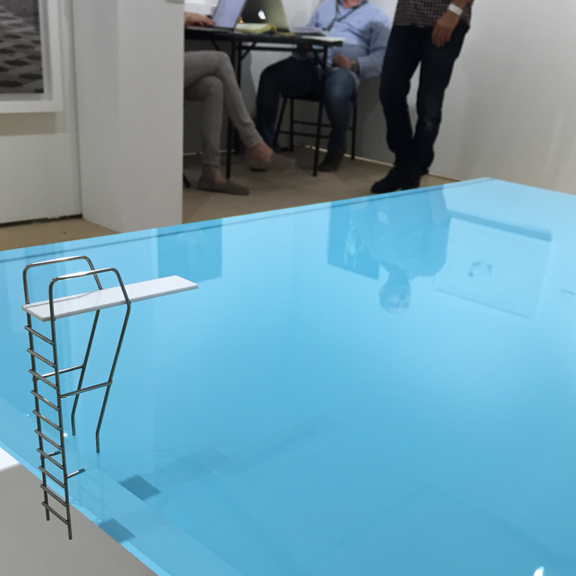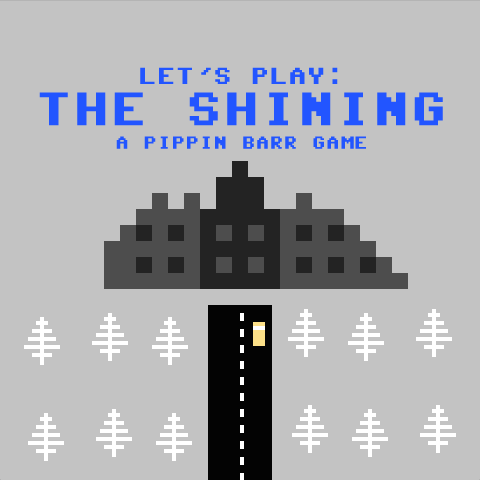This is the sound of data. This is the sound of a computer (specifically, my 2004 Gateway MA3 laptop) performing the job it was soldered together to perform—computation.
Up through Windows XP, Microsoft included a function called beep. Beep accesses whatever the default sound device on the computer is to produce, well, a beep. Beep takes two variables—frequency and a duration. The frequency, in hertz, can from range 37 hz through 32,767 hz. For comparison, Freddie Mercury’s vocal range was from ~87 hz to ~699 hz. I’m sure there are other purposes, but I’ve seen it utilized mostly to provide error codes for software developers. In order to explore the viability of the beep function as a way of developing defunct laptops into semi-autonomous musical composers, I’ve written a number of Python scripts to access the beep function in different ways and allow my old Gateway laptop to review its own functionality as a musical instrument.

Computers perform many other tasks. We store our secrets in their memories. We bring them to bed with us. We perform sexual acts with them.
They become obsolete. They die. We “recycle” them, or store them in a closet and guiltily remember them once a year. In the case of my Gateway laptop, we try to pirate an SNES Final Fantasy game from coolrom.com and it comes packed with a virus so deadly it renders them useless until reformatting.
Despite forming intimate relationships with our machines, we value them primarily for their speed, storage capacity, battery life, and reliability. But like a human friend or lover couldn’t we learn to love them for their quirks? Their odd scars and hiccups?
Maybe the joy of old laptops is that they gain some agency. Instead of mindlessly responding to our inputs their hardware could dictate their function.
Here’s a breakdown of what happens in the audio, which is the real review here. Throughout this recording, the laptop and I have a conversation where I run different Python scripts and see what happens. Sometimes I’m more in control but ultimately the goal is to give the laptop as much agency as composer as possible.
0:00-1:45
Here the Gateway is performing according to some human musical parameters. This is the GUI equivalent of beep sounds. I practiced to make something pleasant and to show that these computers are certainly viable as machines to create sounds pleasant to humans. Of course, their sound cards were built by us to play back our own music and voices.
1:45-2:36
At this point the laptop gets more control. Here I’ve run two “beats” at different tempos, still utilizing the beep function. Which of the two beats overpowers the other is a function of which terminal window is in front and how the computer is processing the two. The sound is now a conversation between a program written by a human user and the computer’s hardware.
2:36 is the first time I run a script that tells the computer to pick any random number between 37 and 32,767 and play that frequency. The result is liquid sound, like a waterfall or rain. This sound is what I’ve been looking for.
5:15 – 11:40 continues with multiple scripts picking random frequencies along with scripts that cycle through different sets of frequencies. During these minutes of the composition you hear different sets of scripts being run at the same time. This is an attempt to allow the laptop to generate compositions based on its decisions as to which script to prioritize as multiple competing scripts attempt to access the sound card simultaneously. I can choose which scripts are running, but not which one will be most audible.
At 11:40 we hit an interesting point. Here I’ve run 50 scripts accessing the beep function at the same time. The laptop was struggling at this point, getting hot. A human user can force a laptop to sing a prerecorded human song but this is the computer singing in a unique voice. This goes until the end, also with varying configurations being attempted.
Analog technologies offer many attributes that are difficult to replicate digitally. The “warmth” of a vinyl record, film grain, the texture and smell of oil paint, and so on. Digital technologies offer many unique features as well. These only increase with age and with time. Maybe we can learn to appreciate their individuality as much as their practicality. This recording is meant to serve as a review of these aging technologies, of our relationship with them, and of possible ways to keep them in our lives. Dear Gateway laptop, how many thousands of hours did I spend with you? You saw me come of age. You saw me go off to college. How many times did you see me laugh? How many times did you see me cry?
:::

Adrian Pijoan is an artist, cartoonist, ufologist, Kosmos, and independent curator. Recently he was described as a “local culture renegade” which feels like a more fitting title. He received his BA in plant biology from the University of Wisconsin in 2011 and is currently pursuing his MFA in art & ecology at the University of New Mexico.



